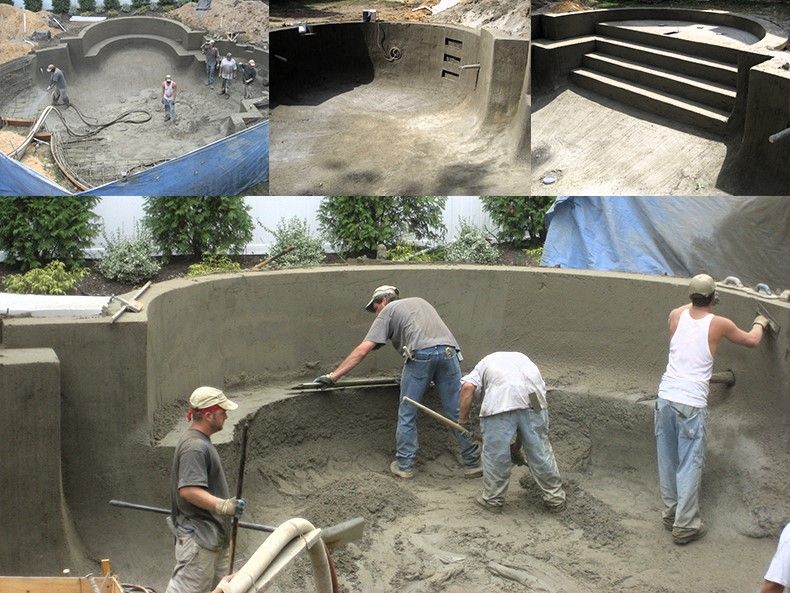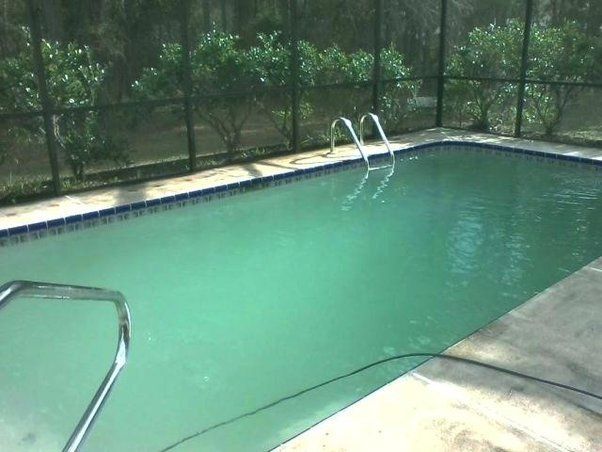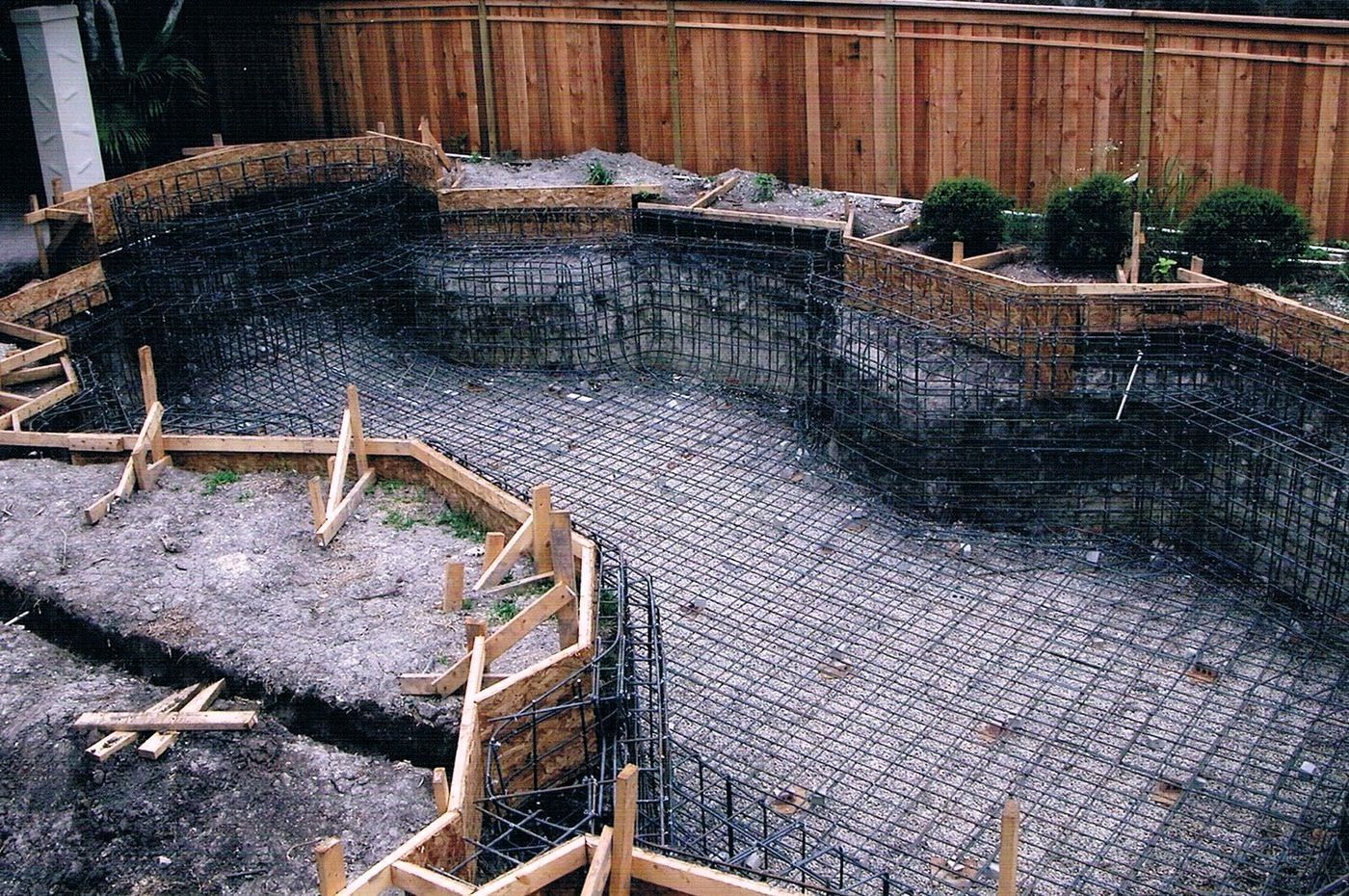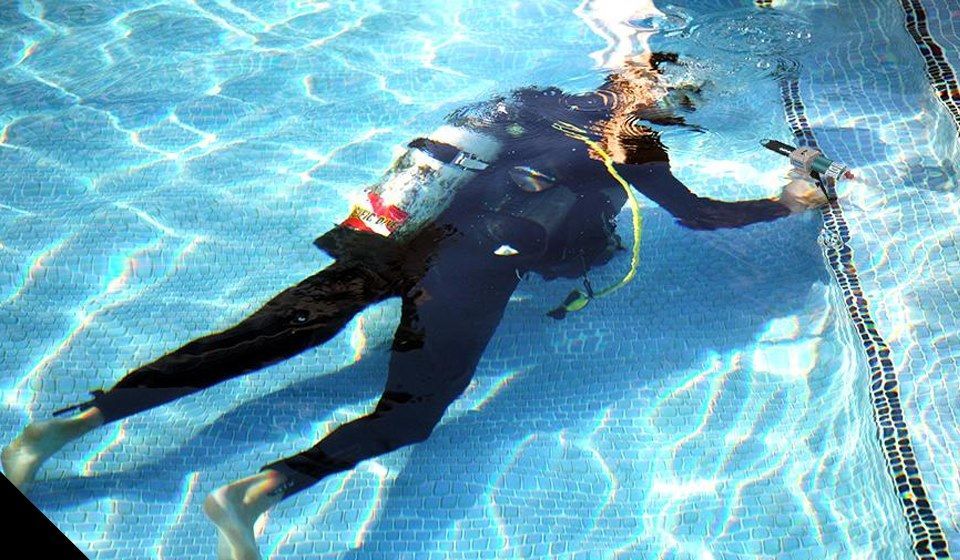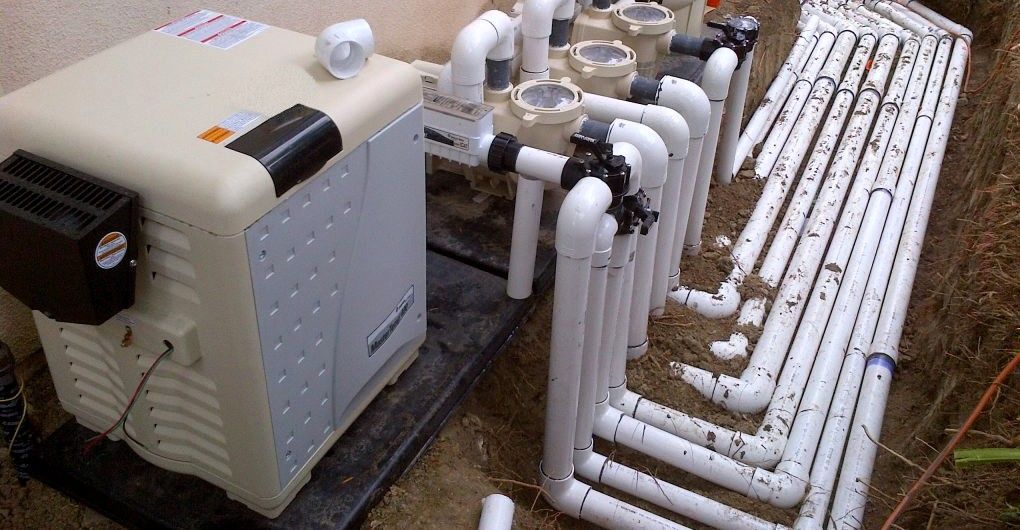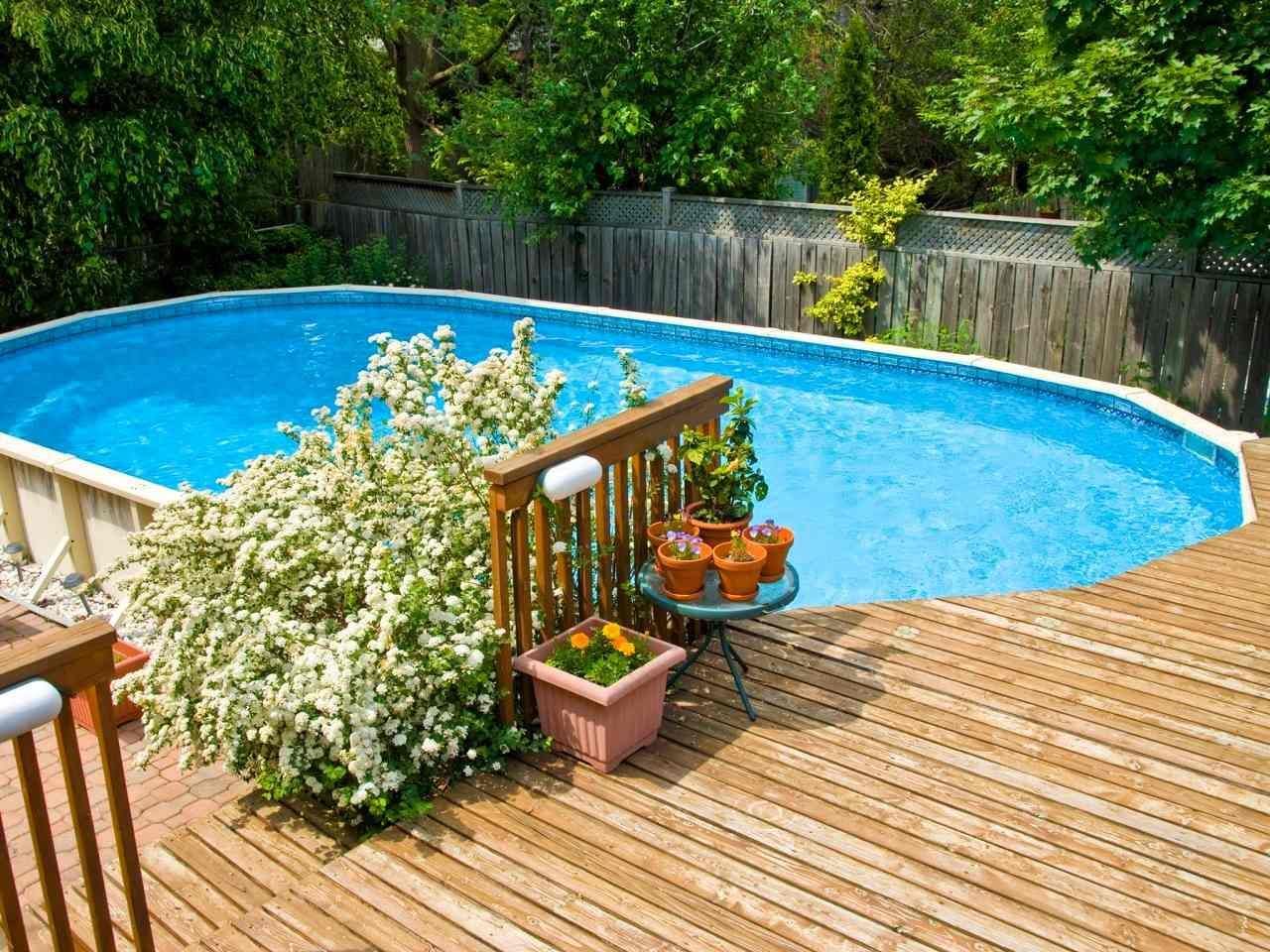Fiberglass Swimming Pool Resurfacing
Maintaining a fibreglass swimming pool extends beyond routine cleaning and chemical balancing. An integral part of this upkeep involves timely fibreglass swimming pool resurfacing, a critical process that not only enhances the pool's appearance but also fortifies its structural integrity. In this comprehensive guide, we will explore the ins and outs of resurfacing, ensuring that your pool remains a lustrous and inviting centrepiece in your backyard.
Fiberglass swimming pool resurfacing is an essential maintenance procedure, addressing surface damages like cracks and discoloration, thereby prolonging the pool's lifespan and ensuring optimal functionality.
Understanding Fiberglass Pool Resurfacing
Fiberglass pool resurfacing is not merely a superficial concern; it's a restoration of your pool's overall health. With time, exposure to chemicals, the elements, and general wear and tear all contribute to the degradation of your pool's surface. Resurfacing is a comprehensive process that strips away the worn-out layer and replaces it with a new, robust coating, rejuvenating your pool and preparing it for years of enjoyment.
Signs That Your Fiberglass Pool Needs Resurfacing
The need for resurfacing is often signaled by visible changes in your pool's surface. Common indicators include surface cracks that can develop into deeper structural issues, blisters that signal water infiltration, and fading or discoloration that detracts from your pool's aesthetic appeal. These signs are a clear indication that the protective gelcoat layer has been compromised and requires attention to prevent further deterioration.
The Resurfacing Process
The process of resurfacing a fiberglass swimming pool is both intricate and systematic, involving a series of carefully executed steps to ensure optimal outcomes:
Preparation
Draining the Pool:
The first step involves completely draining the pool to provide unfettered access to the surface. This is typically done using a submersible pump, ensuring all water is removed.
Surface Inspection: Once drained, a thorough inspection of the pool's surface is conducted to identify all areas of damage, such as cracks, blisters, or delamination.
Surface Removal: The existing surface, often worn and damaged, is meticulously removed. This is achieved through techniques like hydro-blasting or sandblasting, which efficiently strip away the old layers without damaging the underlying structure. Hydro-blasting utilizes high-pressure water to erode the surface layer, while sandblasting uses abrasive materials projected at high velocity for the same purpose. Both methods are effective in preparing the surface for a new application by creating an ideal texture for the new material to adhere to.
Application
Material Selection:
Prior to application, the right resurfacing material is chosen based on factors like durability, chemical resistance, and aesthetic preference. Products like ecoFINISH are often preferred for their long-lasting qualities and variety of finishes.
Applying the New Surface: The selected resurfacing material is then carefully applied to the prepared surface. This step requires precision and expertise, as the material must be evenly distributed across the entire pool surface. The application is typically done using specialized tools and techniques to ensure a smooth, uniform coat.
Curing and Finishing: After application, the new surface requires time to cure and set properly. This curing process is crucial as it determines the resilience and longevity of the resurfacing job. Once cured, final touches are applied, which may include texturing for slip resistance or additional protective coatings for enhanced durability and gloss.
This detailed and methodical approach to resurfacing ensures that the fiberglass swimming pool not only regains its aesthetic appeal but also its structural integrity, ready to withstand years of use and exposure to the elements.
Choosing the Right Resurfacing Material
The choice of resurfacing material can significantly impact your pool's longevity and maintenance requirements. High-quality options like ecoFINISH offer superior durability against chemical wear and environmental factors. They also come in various colors and finishes, allowing for a customized look that suits your aesthetic preferences.
Costs and Considerations
The cost of resurfacing a fiberglass pool varies based on size, material choice, and labor. It is an investment in your pool's future, forestalling the need for more extensive and expensive repairs down the line. Considering these factors upfront can help in budgeting appropriately for this crucial maintenance task.
Longevity and Maintenance Post-Resurfacing
Post-resurfacing, a fiberglass pool can enjoy an extended lifespan, often several decades, with proper care. Regular maintenance, including keeping the water chemistry balanced and employing non-abrasive cleaning methods, is vital to preserving the new surface. This diligence pays off in the long run, ensuring your pool remains a source of pride and pleasure.
Conclusion
Timely and expert resurfacing is a cornerstone of fiberglass swimming pool upkeep. It rejuvenates the pool's appearance, bolsters its structural strength, and secures its place as a cherished feature of your home for years to come.
FAQ Section
Q1: Do all fiberglass pools need to be resurfaced?
A: Fiberglass pools, like any structure exposed to water and chemicals, eventually require resurfacing. This is a normal part of pool maintenance and is crucial for extending the pool's usability and aesthetic appeal.
Q2: What is the best product for fiberglass pool resurfacing?
A: Products like ecoFINISH are renowned for their long-lasting durability and chemical resistance, making them an excellent choice for fiberglass pool resurfacing.
Q3: What are the benefits of using a high-quality gelcoat?
A: A superior gelcoat provides extensive benefits, including enhanced longevity, reduced upkeep, and a consistently attractive appearance, which collectively enhance the overall pool experience.
Q4: How often should fiberglass pools be resurfaced?
A: The frequency varies, but typically a fiberglass pool should be resurfaced every 10 to 15 years. This can depend on the pool’s condition, usage, and maintenance history.
Q5: Can a homeowner resurface a fiberglass pool themselves?
A: While DIY resurfacing is possible, it is a complex process. Professional resurfacing is recommended to ensure quality, durability, and the correct application of materials.

